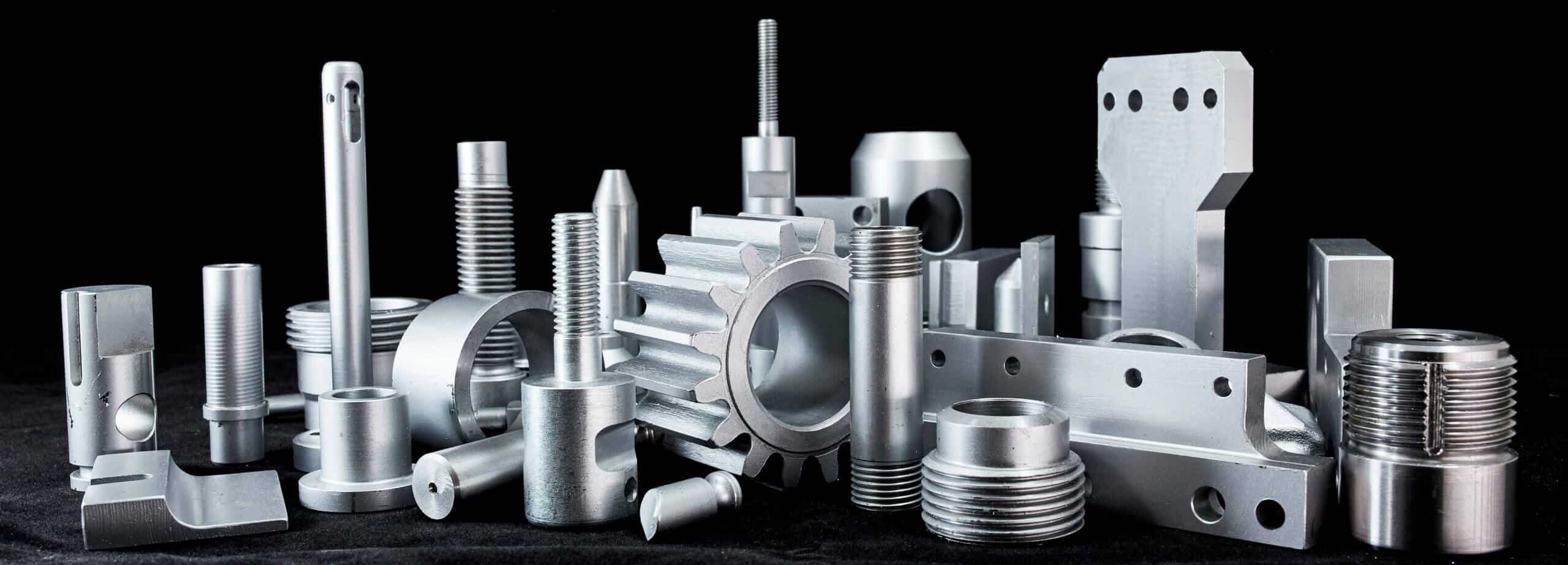The Role of Fasteners and Machining in High-Quality Product Design
Browsing the Globe of Fasteners and Machining: Techniques for Accuracy and Speed
In the elaborate realm of fasteners and machining, the mission for precision and speed is a perpetual difficulty that demands precise attention to detail and tactical planning. From understanding the diverse selection of fastener types to picking optimal materials that can withstand extensive demands, each step in the procedure plays an essential function in achieving the wanted end result.
Understanding Bolt Kind
When selecting bolts for a project, comprehending the numerous types offered is essential for making sure optimal efficiency and reliability. Bolts are made use of with nuts to hold materials together, while screws are functional bolts that can be used with or without a nut, depending on the application. Washing machines are essential for dispersing the lots of the fastener and stopping damages to the material being fastened.
Choosing the Right Products
Understanding the significance of selecting the best products is extremely important in guaranteeing the ideal efficiency and integrity of the chosen fastener types reviewed formerly. When it comes to fasteners and machining applications, the material choice plays a critical role in determining the overall toughness, resilience, rust resistance, and compatibility with the designated setting. Various products supply differing buildings that can considerably impact the performance of the fasteners.
Typical materials made use of for bolts include steel, stainless steel, titanium, brass, and light weight aluminum, each having its distinct staminas and weak points. Steel is renowned for its high stamina and resilience, making it ideal for a broad range of applications. Choosing the right product involves thinking about factors such as stamina requirements, environmental problems, and budget restraints to guarantee the wanted performance and durability of the bolts.
Precision Machining Techniques

In addition to CNC machining, various other precision methods like grinding, turning, milling, and boring play vital functions in bolt production. Grinding assists attain great surface area finishes and limited dimensional resistances, while turning is commonly used to produce round parts with specific diameters. Milling and boring published here procedures are important for forming and producing openings in bolts, guaranteeing they meet precise requirements and feature correctly.
Enhancing Speed and Performance
To optimize fastener production procedures, it is necessary to simplify operations and carry out efficient methods that complement accuracy machining techniques. Automated systems can handle recurring jobs with accuracy and rate, permitting workers to focus on even more complicated and value-added tasks. By incorporating these techniques, suppliers can accomplish an equilibrium between speed and accuracy, ultimately enhancing their affordable edge in the fastener sector.
Quality Assurance Actions
Executing strenuous quality assurance steps is critical in making sure the integrity and uniformity of fastener products in the manufacturing procedure. Quality assurance measures include different stages, beginning from the selection of raw materials to the final assessment of the ended up bolts. One fundamental facet of quality assurance is carrying out comprehensive product examinations to validate compliance with specifications. This involves evaluating aspects such as product make-up, toughness, and resilience to ensure that the bolts meet market criteria. Furthermore, monitoring the machining refines is important to promote dimensional precision and surface area finish quality. Utilizing advanced technology, such as computerized examination systems and precision measuring tools, can boost the precision and effectiveness directory of quality control treatments.
Routine calibration of tools and machinery is essential to preserve uniformity in production and ensure that bolts meet the necessary resistances. Executing stringent methods for identifying and attending to non-conformities or problems is crucial in preventing substandard items from getting in the market. By developing a comprehensive high quality control structure, suppliers can copyright the credibility of their brand name and supply fasteners that satisfy the highest possible criteria of performance and resilience.
Conclusion

In the detailed realm of fasteners and machining, the quest for accuracy and speed is a continuous difficulty that requires meticulous focus to detail and tactical preparation. When it comes to fasteners and machining applications, the material option plays a crucial function in identifying the general toughness, resilience, deterioration resistance, and compatibility with the designated environment. Accuracy machining entails numerous innovative approaches that make certain the tight resistances and specs required for fasteners.In enhancement to CNC machining, various other precision techniques like grinding, transforming, milling, and exploration play crucial functions in fastener manufacturing.To enhance fastener manufacturing procedures, it is necessary to improve operations and pop over to this site implement reliable methods that complement accuracy machining methods.